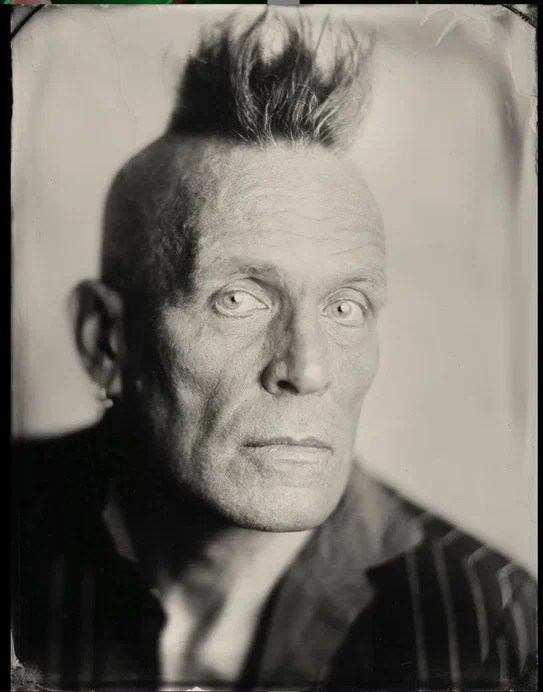
Review by Cheyenne Hohman
Having been a self-identified Sad Bastard all my life, I’ve read many books about goth bands, history, and scene apocrypha. The Art of Darkness opens with accounts of the goth scene’s heyday – the late 1970s/early 1980s – and gives a viscerally descriptive account of what a typical night out was like. The styles, the influences, and what sorts of creatures of the night you may encounter. But then we go to Chapter Two: The Fall of Rome! It’s irresistible to scribes of gothic history to talk about the actual historical Goths, who sacked Rome and plunged Europe into the Dark Ages, but I think that this is generally unnecessary. Fortunately, the book more than compensates for this by repeated deep dives into micro-scenes, exclusive interviews, and exhibits of ephemera. Through the ensuing chapters, there is much discussion of literary movements, various forms of artistic expression, classical and folk music traditions, and the occult, which continues to influence underground art and music to this day.
The Art of Darkness is a veritable omnibus tracing the chronology of goth through interviews, reflections on art, literature, fashion, and of course, music history. Rivaling Legs McNeil’s underground classic Please Kill Me in scope and detail – which is a massive, narrative oral history of punk rock’s early days. The Art of Darkness is resplendent with interviews done by the author, as well as excerpts from myriad press and media appearances by various subjects of the book, and it goes well beyond the “Big Four” bands considered by most to encapsulate the origins of goth (The Cure, Siouxsie and the Banshees, Joy Division, and Bauhaus). It would be a very short book, indeed, if the focus was so myopic — but Robb strives to include far more bands, visual artists, writers and others under the big black parasol.

After frolicking through the cemeteries of 1950s and 60s rock movements and proto-Satanic Panics, the book turns to focus on the countercultural and musical movements that created space for post-punk and goth to develop: glam, rock’n’roll, and punk. The majority of chapters of this book are like mini-histories of specific bands or scenes, and I was pleasantly surprised at the breadth of inclusion of groups that blazed the trail. Generous attention is paid to the darker side of ’60s psychedelia, glam, art rock and early punk, as well as New York’s No Wave scene, with nods to modern artists pushing boundaries culturally and musically. Taking the scenic route and the longer view makes for a much more expansive historical account, and offers many more caverns to the claustrophobically tiny batcave of bands considered to be ‘trad goth.’
Many chapters have a hagiographic reverence for exemplars of dark punk, post-punk and goth music (though few ever took on those genre classifications as their own), bordering on necrophilia. Fortunately, the author doesn’t stay mired in the early days of any group for too long, but rather offers a holistic chronology leading to the modern day. There are broader chapters peppered in, as well – there’s one about the emergence of the industrial music scene, for example, or scenes that emerged beyond post-punk’s reach, or profiles of geographic locations where remarkable music scenes emerged.
Overall, this book was enjoyable, but clocking in at over 700 pages, it may take some endurance to trudge through the whole thing (fortunately, the chapters are named fairly obviously, so if you dislike or already know a band well, you can easily skip to the next one). There were many surprises in here for me, but very little attention was given to non-white, non-male members of the goth scene, of which there are many! Perhaps a future gothic historian will foray into the wild and wonderful scenes of Mexico or Japan, or focus on the femmes of post-punk. Ardent historians of the goth music scene will eat this up like p-orridge, but dabblers beware: herein lies an encyclopedic wealth of trivia, lore and maybe even a favorite band you haven’t heard yet.
The Art of Darkness: The History of Goth by John Robb will be released on March 24, 2023 via Louder Than War Books. Pre-order it here.

